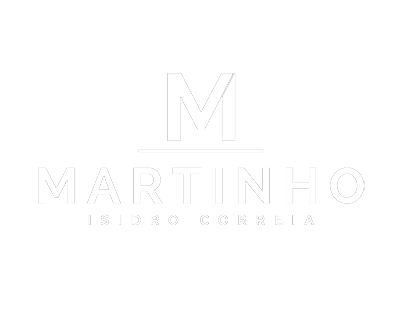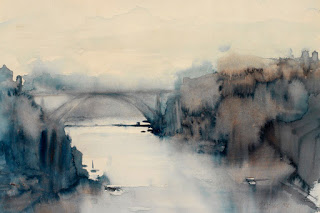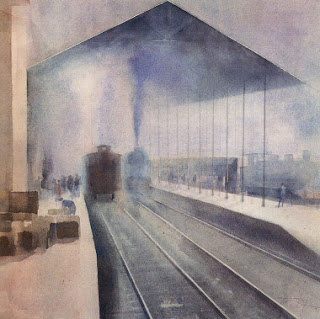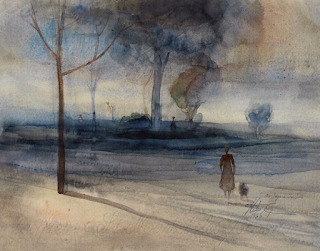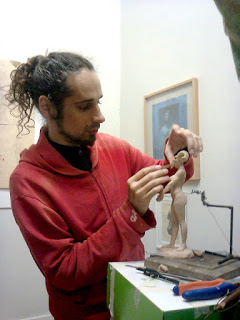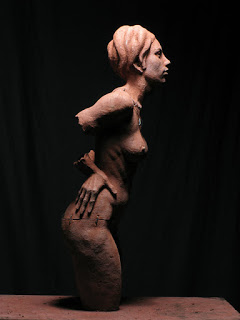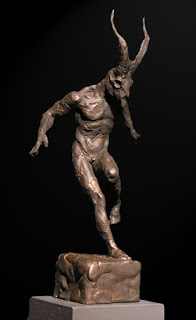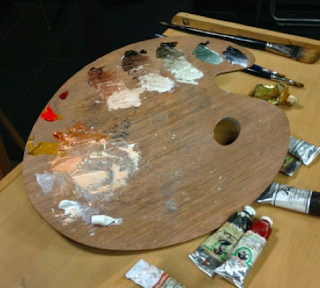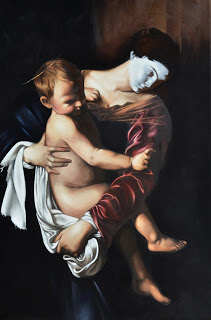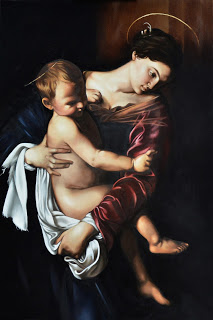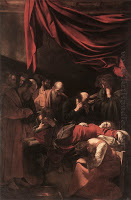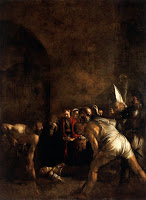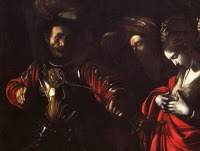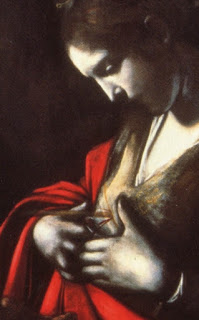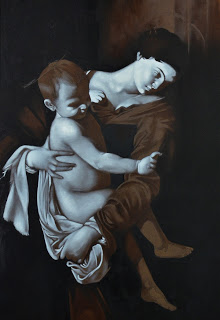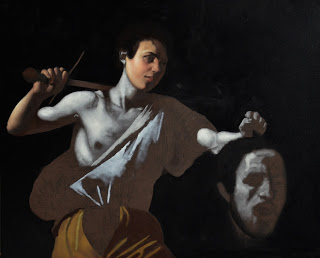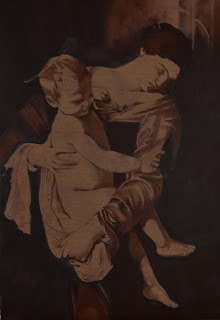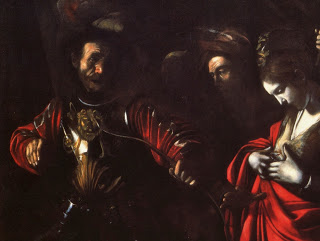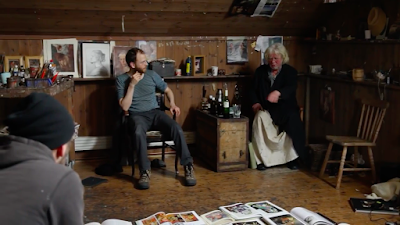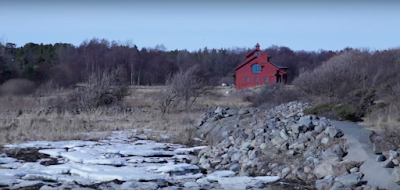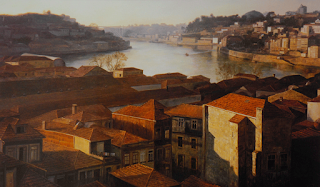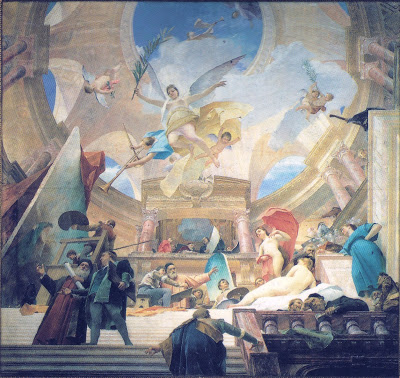The Painter and the City
Antonio Amandeu Conceicao Cruz was born in Porto and lived there his entire life. He took as his subject matter his hometown and spent a lifetime chasing the wet and mysterious light, characteristics of Porto.
Interview about Sacred Art
A New Renaissance:The Sacred Arts
More information on St. Mary’s Sacred Art program
A Great Statement about Beauty
She recently did a TEDtalk about the Sistine Chapel in which she describes it as, “..a great statement about how beauty truly can speak to us all, through time and through geographic space.”
If you enjoyed that there are longer talks about the Sistine Chapel and more on youtube:
Off the Coast Podcast – A Conversation with Daniel Gamelas
Daniel Gamelas is a Portuguese sculptor based in Porto, Portugal whose work focuses on pre- Roman Iberian culture. Daniel has founded the first traditional art academy in Portugal, AARP.
The Method of Caravaggio – Part 3 – The Overpainting
and yellow ocher, lead-tin yellow, vermilion (cinnbar),
malachite, carbon black and earth colors, plus madder
lake and copper resinate glazes.
The Method of Caravaggio – Step Two – Underpainting the Lights
Continuing on from the last blog entry, once the wash drawing has dried, the lights are rendered using a white. Caravaggio would have used a lead white but titanium works as well. If using titanium, add in a little bit of calcium carbonate to give the paint some body, opacity and to help it dry a little faster. Where the flesh is lightest, the paint is applied thickly. As the flesh darkens the paint is pulled thinner, resulting in the illusion of the three dimensional form.
The Method of Caravaggio – Step One
The Nerdrum School
There is a lovely little film about the Nerdrum School that recently debuted on youtube.
The film focuses on Nerdrum alumnus Luke Hillestad and his experience at the Nerdrum school in Stavern, Norway. Based on my time with the master, this film captures the experience well – Nerdrum in his studio, the student studio and shots of Memorosa (the Nerdrum family home and studio). The glimpse of Nerdrum with his students is particularly special. Here we see Nerdrum at ease in his studio and at his most charismatic – we understand why he has enchanted so many.
Enjoy the film here: The Nerdrum School
Off the Coast Podcast – A Conversation with Antonio Macedo
Having spent some time in Portugal has allowed me to make friends with a number of artists living and working there. One of these, the painter Antonio Macedo, invited me into his studio recently where we talked about his experience as an artist. Working professionally for 40 years, the conversation will be of interest to young artists just starting out as Antonio shares his ideas of what painting should be.
Antonio’s website: http://antoniomacedo.pt/en/
Antonio is also active on Facebook: https://www.facebook.com/antonio.macedo.54?fref=ts
Music for the podcast is by Kid Cholera courtesy of Opsound.org
Apothesis of the Renaissance
as the “Glorification of the Renaissance”. Completed by the Hungarian
painter Mihaly Munkacsy in 1888, this ceiling painting from
the Kunsthistoriches Museum in Vienna is a representation of the
atelier of the Renaissance Masters. In the bottom left we see Raphael and
Leonardo conversing with Veronese working on a large canvas just behind them. In the centre is Titian
instructing a young student working from the model. Just below and to the
right is Michelangelo with hammer, leaning on a balustrade. In the loggia above is in
Pope Julius II whose papacy was marked by ambitious building projects and
patronage for the arts. The goddess could be Ozwiena, the
Slavic goddess of Fame and Glory or the Allegory of Peace and Prosperity.
Just above the reclining female is the self-portrait of Munkacsy, considered one of the most important painters of 19th century Hungary.
